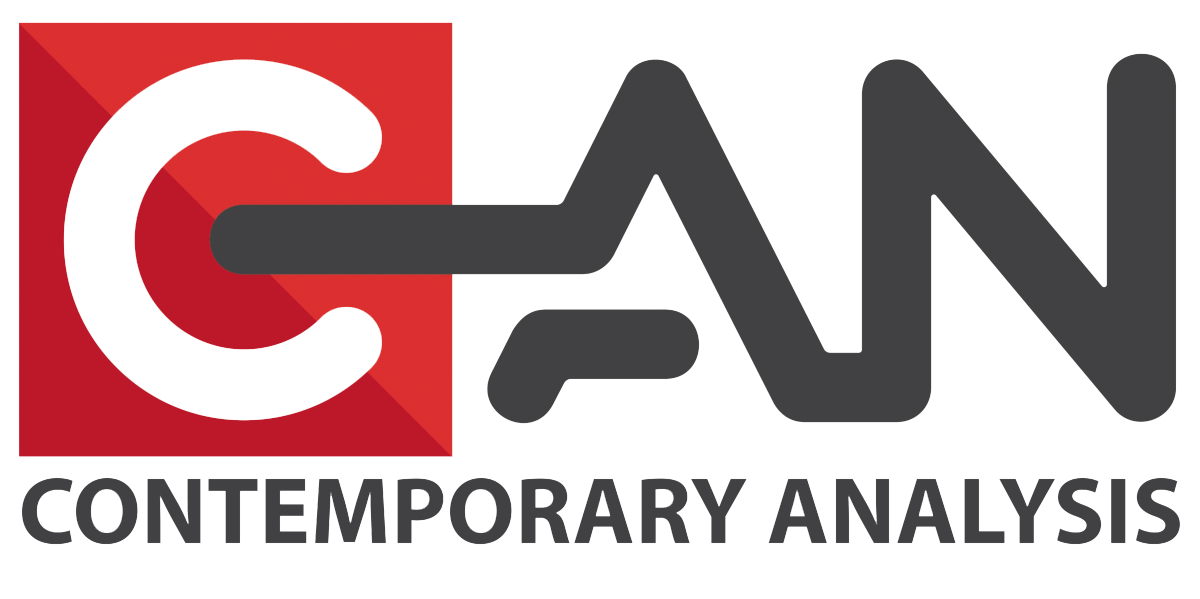Using mean absolute error, CAN helps our clients that are interested in determining the...
News
read more
Why I became a Data Scientist at Contemporary Analysis
My name is Branden Collingsworth. I interned at Contemporary Analysis this summer, and...
How to use FRED's Add-in to Quickly get Economic Data
Our data scientists download hundreds of datasets from the phenomenal database of...
Why I work at Contemporary Analysis
I get asked why in the prime of my career I went back to working for a startup company,...
How to Build a Small Business Call Center
Everyday, the CAN team interacts with clients, mentors, and friends who are leaders in...
Why Customer Segmentation Will Improve Your Marketing
I have been married for almost 10 years. I have gotten good at buying gifts, even...
Branden Collingsworth Joins CAN as a Data Scientist
Branden Collingsworth has officially joined CAN's team as a data scientist. Branden...
Job Board: Contemporary Analysis Navigator
Contemporary Analysis is a global data science company based in Omaha, NE that provide...
Data Scientists are the Future
Data scientists help people create knowledge from data, including sometimes million of...
